For most of history, we built spaces to be controlled. We built switches, sensors, thermostats, and schedules. We created tools to manage comfort, cost, and security. But control is not the same as understanding.
The next era of technology will belong to environments that think for themselves.
From automation to agency
Automation follows commands. Agents pursue goals.
Traditional building systems execute fixed logic: turn on at sunrise, cool to a target temperature, lock after midnight. They act on triggers, not intent. Fibric introduces a new model of intelligence, one built on agency.
Agentic AI is not programmed to react. It learns to reason. It listens, interprets, and acts with context. It understands why before deciding how.
How buildings learn
Every space is already full of data. Temperature, airflow, light, access, occupancy, and sound all describe what is happening inside a building. Fibric connects that information, giving it structure and awareness.
Once connected, Fibric’s agents begin to learn. They find the rhythm of movement through a lobby. They understand how light changes mood and how weather influences comfort. They see patterns in how energy is used and when it is wasted. Over time, each building develops a kind of intuition — an ability to sense, decide, and adapt.
Why now
The technologies required to make this possible have finally converged. AI can now interpret the world as humans experience it: visually, spatially, and contextually. Connected infrastructure has matured quietly in the background, waiting for a unifying intelligence to make sense of it. And the urgency to build sustainable, efficient environments has never been greater.
The same intelligence that can write, design, and reason digitally can now operate in the physical world — not through new hardware, but through understanding what is already here.
The philosophy behind it
Every leap in technology begins with a shift in perception. The internet gave AI the knowledge of what exists online. Fibric gives it access to the world itself.
The result is not just efficiency. It is awareness. Spaces that adapt to the people within them. Systems that cooperate instead of compete. Intelligence that acts not to control, but to harmonize.
This is the beginning of an era where environments understand intention. Where the places we live and work are not merely responsive, but thoughtful.
What comes next
We are continuing to work with hotels, campuses, and transportation hubs to explore what happens when intelligence becomes part of the physical world. Each building teaches us something new about how awareness emerges from interaction.
Intelligence belongs everywhere — especially in the places we live.
Fibric is how the physical world begins to think.

.png)

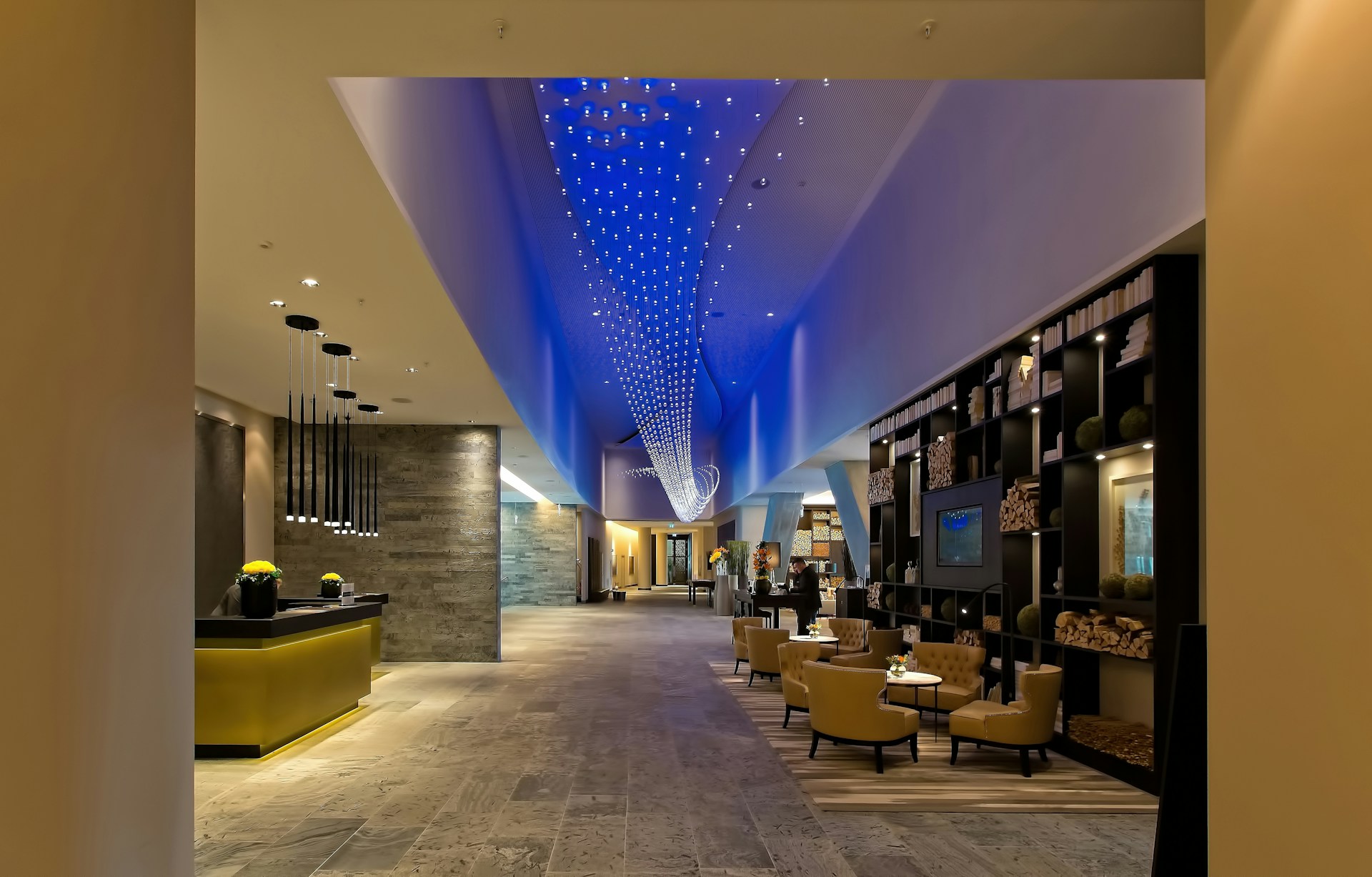


.jpg)
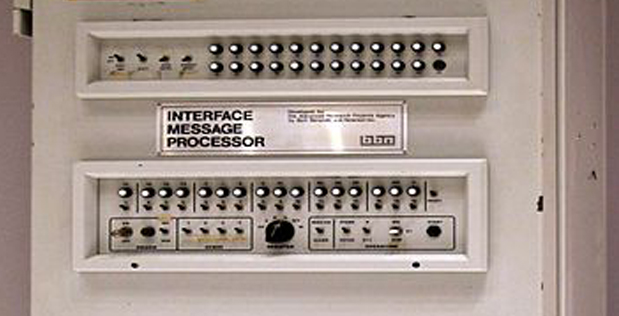
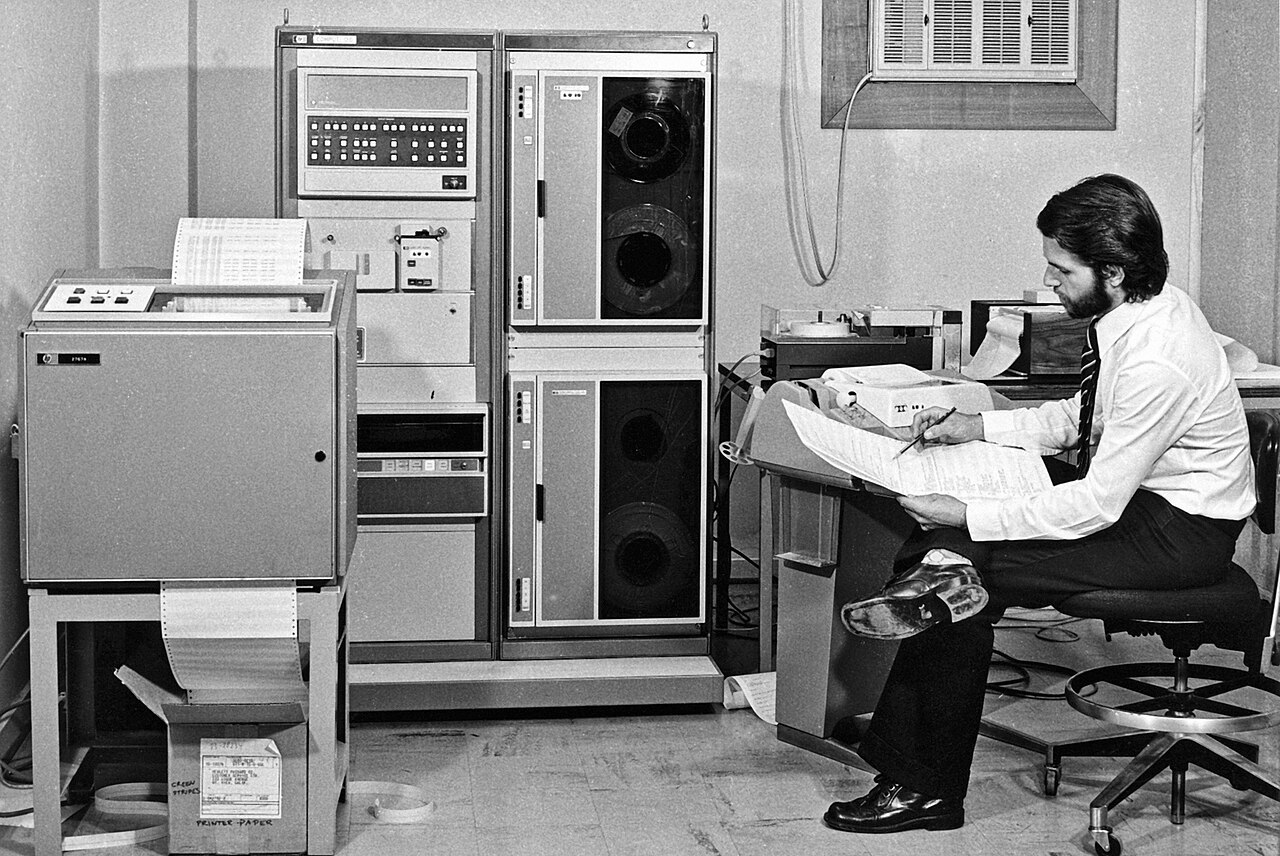
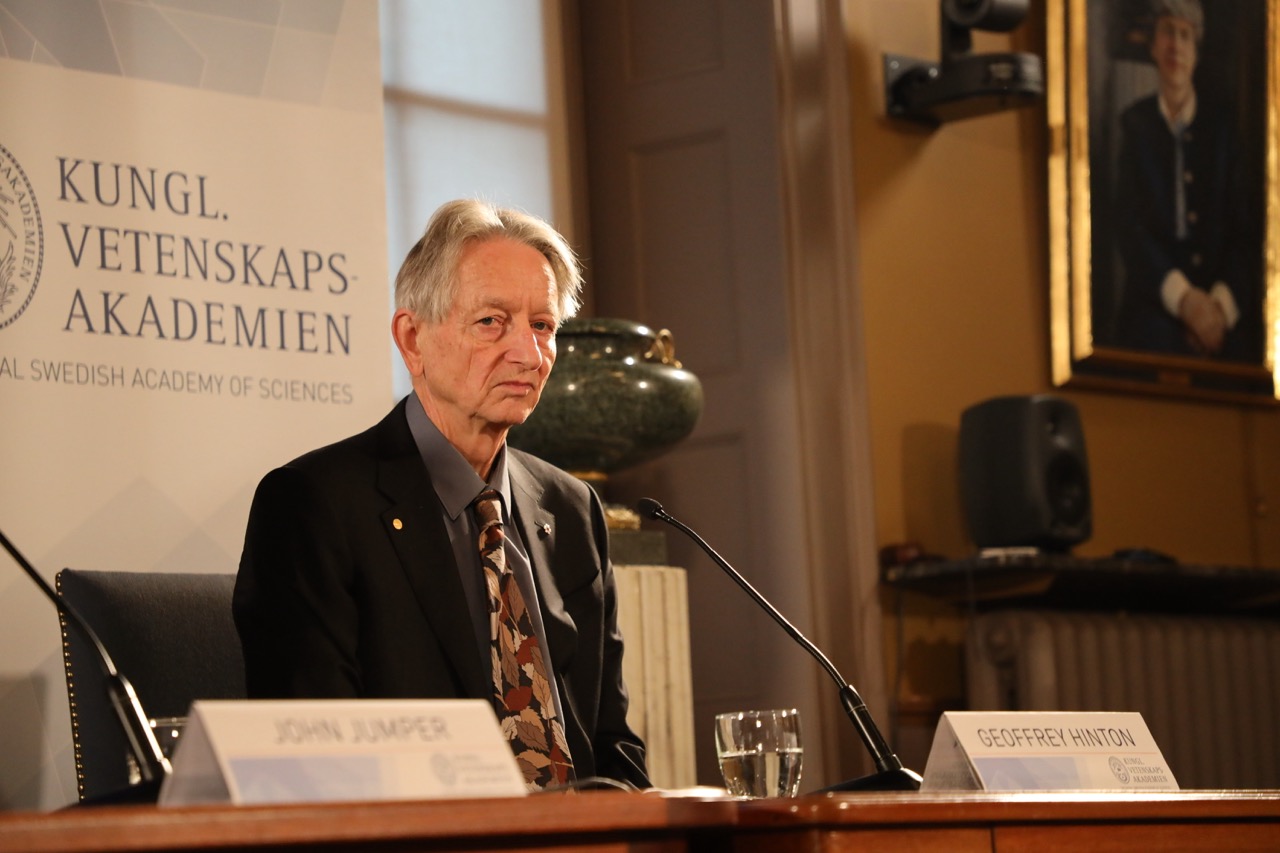
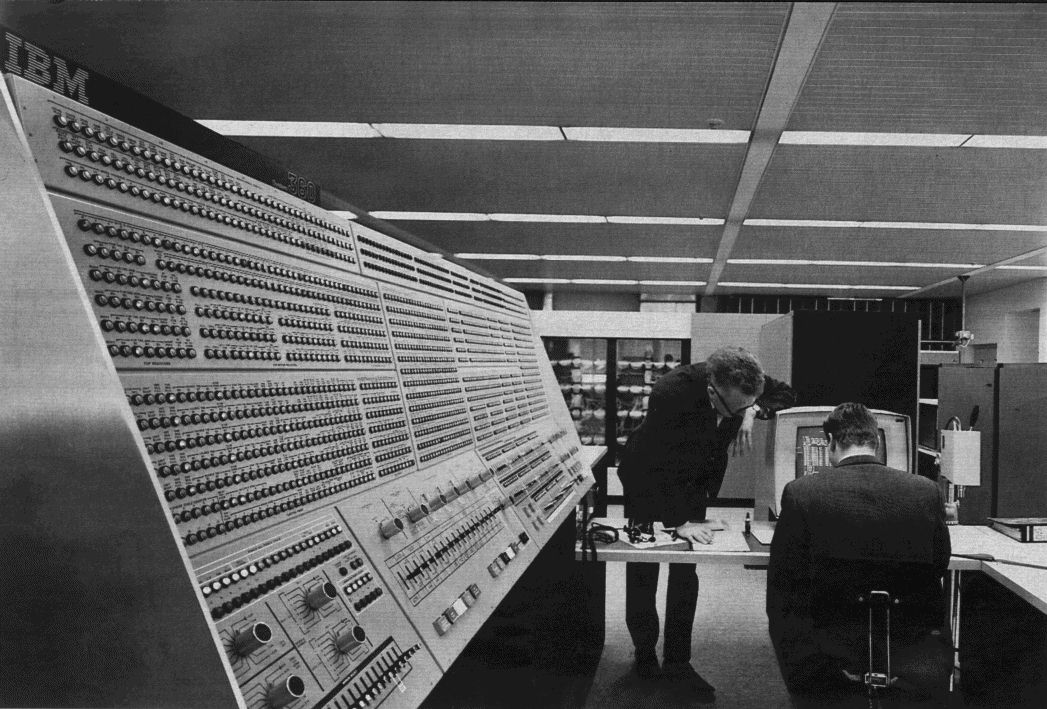


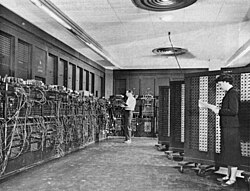
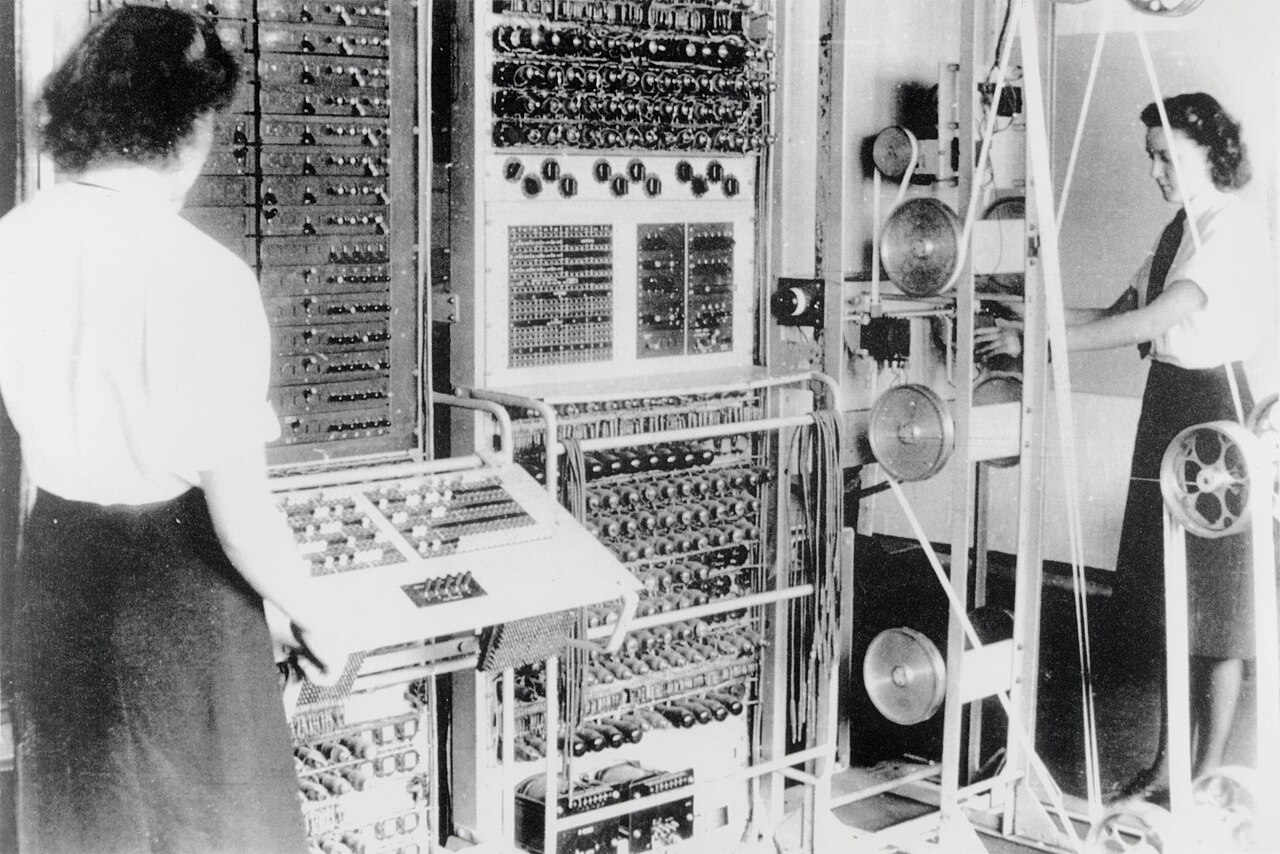

_School_-_Charles_Babbage_(1792%E2%80%931871)_-_814168_-_National_Trust.jpg)

